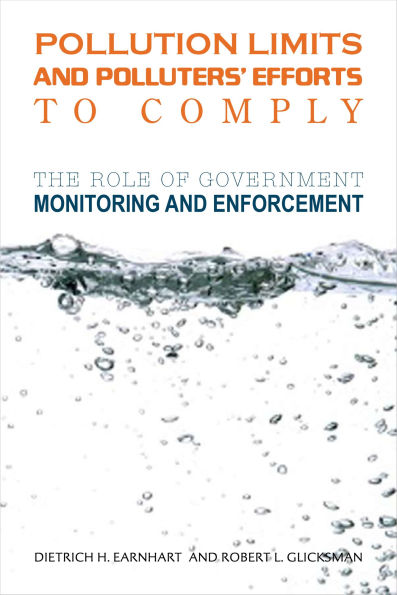The authors gather and analyze data on environmental performance and government interventions from Environmental Protection Agency (EPA) databases, and data on environmental behavior gathered from their own survey of all 1,612 chemical manufacturing facilities permitted to discharge wastewater in 2002. By analyzing links between critical elements in the puzzle of enforcement of and compliance with environmental protection laws, the text speaks to several important, policy-relevant research questions: Do government interventions help induce better environmental behavior and/or better environmental performance? Do tighter pollution limits improve environmental behavior and/or performance? And, does better environmental behavior lead to better environmental performance?
The authors gather and analyze data on environmental performance and government interventions from Environmental Protection Agency (EPA) databases, and data on environmental behavior gathered from their own survey of all 1,612 chemical manufacturing facilities permitted to discharge wastewater in 2002. By analyzing links between critical elements in the puzzle of enforcement of and compliance with environmental protection laws, the text speaks to several important, policy-relevant research questions: Do government interventions help induce better environmental behavior and/or better environmental performance? Do tighter pollution limits improve environmental behavior and/or performance? And, does better environmental behavior lead to better environmental performance?

Pollution Limits and Polluters' Efforts to Comply: The Role of Government Monitoring and Enforcement
336
Pollution Limits and Polluters' Efforts to Comply: The Role of Government Monitoring and Enforcement
336
Product Details
| ISBN-13: | 9780804762588 |
|---|---|
| Publisher: | Stanford University Press |
| Publication date: | 04/14/2011 |
| Pages: | 336 |
| Product dimensions: | 6.00(w) x 9.00(h) x 0.90(d) |
